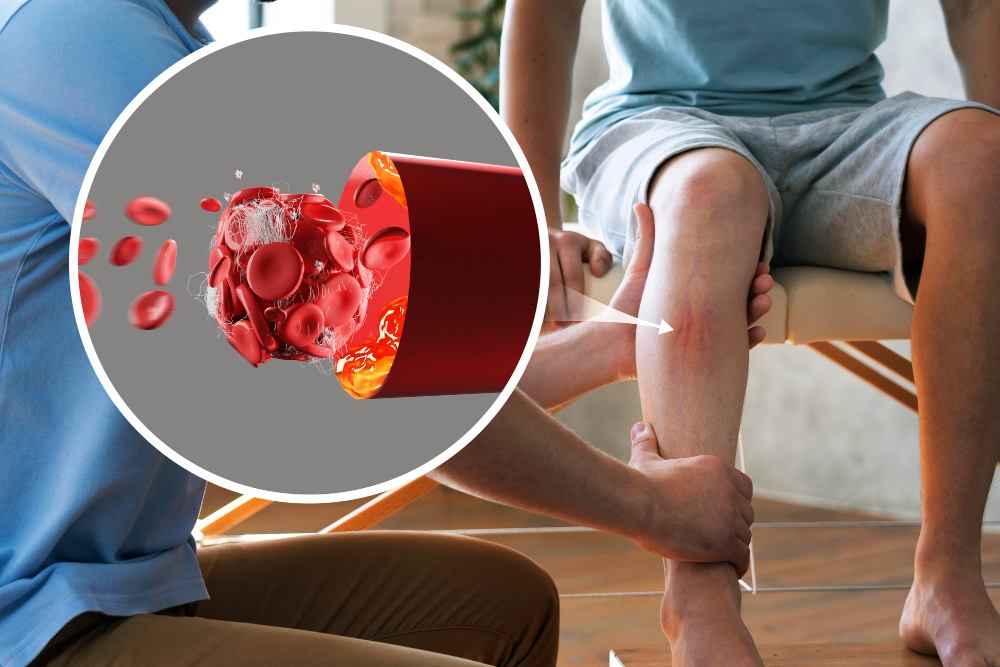Menu
- Home
- Treatments
- Our Providers
- About Us
- Patient Info
- Testimonials
- Locations
- Blog
- Financing
- Contact Us
- Home
- Treatments
- Our Providers
- About Us
- Patient Info
- Testimonials
- Locations
- Blog
- Financing
- Contact Us

Peripheral vascular disease, or PVD, can be a silent, unseen force, gradually undermining your vascular health. Your body's vast network of blood vessels is essential for sustaining life. When PVD encroaches, it can disrupt this critical flow. However, patients who are armed with the right information and expert care can effectively manage or even thwart PVD's progression. At National Vascular Associates, we want our clients to achieve the best possible vascular care. Keep reading to understand the manifestations of PVD and how our dedicated approach to combating this condition can help ensure your long-term vascular health.

Claudication is a condition that is often recognized by cramping or muscle pain in the legs triggered by physical activity. It's a distress signal from your muscles, deprived of sufficient oxygen-rich blood due to narrowed or obstructed arteries. Consulting a vascular doctor can provide a precise diagnosis and help differentiate claudication from ordinary signs of aging or fatigue. Because it is frequently mistaken for normal signs of aging or simple fatigue, it's important to recognize claudication as a potential indicator of PVD for early detection and intervention.
PVD's impact extends beyond pain. It often manifests as noticeable changes in the temperature and color of your limbs. You might observe one leg feeling significantly cooler than the other or notice skin color shifting from normal tones to pale or bluish hues. These changes are glaring signs that your extremities aren't receiving the necessary blood flow, which is crucial for delivering nutrients and oxygen. Incorporating regular vascular care into your healthcare routine can help manage and monitor these circulation issues effectively.
Another alarming manifestation of PVD is the presence of sores or wounds on your feet or legs that are reluctant to heal. A visit to a vascular specialist is vital for evaluating these persistent sores and formulating an effective treatment plan. The compromised blood circulation means that even minor injuries can't heal promptly, leading to extended discomfort and a heightened risk of infection. This symptom should never be overlooked, as it indicates a significant decline in vascular health.
PVD can also infiltrate your moments of rest. Many patients report experiencing rest pain – a persistent, intense discomfort in the legs and feet, particularly noticeable when lying down. This symptom is a critical sign of severely reduced blood flow, becoming more pronounced during periods of inactivity.
Often overlooked, numbness or weakness in the legs can also signal PVD. These symptoms may seem innocuous but can be indicative of compromised blood vessels. Regular occurrences of these sensations warrant medical attention, as they can be precursors to more severe complications.
Recognizing the signs of peripheral vascular disease is the first step in addressing this hidden adversary. At National Vascular Associates, we are here to help address the underlying causes of your vascular issues. By leveraging advanced diagnostics, tailored treatment plans, and a compassionate care approach, we can guide you toward improved vascular health. Don't let PVD set the pace of your life. Contact our team for more information or to schedule an appointment with a qualified local vascular specialist.